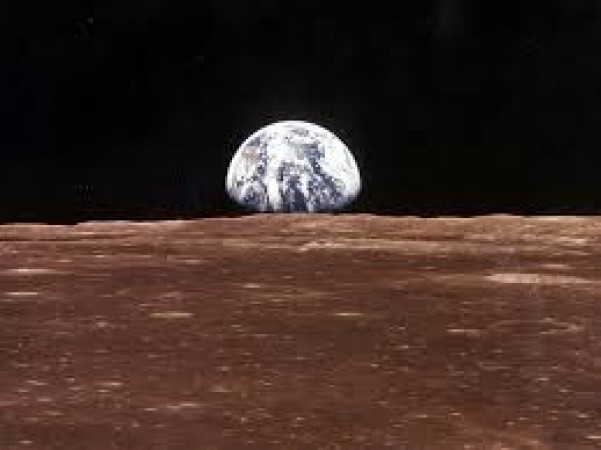
The Moon, Earth's celestial companion, has captivated humanity for centuries with its serene beauty and enigmatic allure. As the only celestial body beyond Earth that humans have set foot on, the Moon holds a special place in our collective imagination. Let's embark on a journey to unravel the mysteries of this lunar landscape, exploring its history, geology, and the prospects it holds for future exploration.
A Glimpse into Lunar History
Ancient Observations and Cultural Significance
Since ancient times, civilizations around the world have observed and revered the Moon. Its phases served as markers for calendars, and its movements were believed to influence tides, agriculture, and human behavior. Cultures across the globe wove myths and legends around the Moon, attributing divine powers and mystical properties to Earth's satellite.
Modern Exploration: From Telescopes to Spacecraft
The advent of modern astronomy and space exploration transformed our understanding of the Moon. In the 17th century, astronomers like Galileo Galilei made groundbreaking observations of the lunar surface using telescopes, revealing mountains, valleys, and craters. However, it wasn't until the mid-20th century that humanity ventured beyond Earth's confines to explore the Moon up close.
The Space Race and Lunar Landings
The 1960s witnessed the intense competition of the Space Race between the United States and the Soviet Union. In 1969, NASA's Apollo 11 mission achieved a historic milestone as astronauts Neil Armstrong and Buzz Aldrin became the first humans to set foot on the lunar surface. Subsequent Apollo missions expanded our knowledge of the Moon, bringing back invaluable samples and conducting scientific experiments.
Unlocking Lunar Geology
Craters, Maria, and Regolith: Lunar Landscape Features
The Moon's surface is marked by a diverse array of geological features, shaped by impacts, volcanic activity, and erosion over billions of years. Craters, formed by asteroid and meteoroid collisions, pepper the lunar landscape, preserving a record of cosmic history. Dark, flat plains known as maria, Latin for "seas," were once thought to be bodies of water by early astronomers but are actually vast basaltic plains formed by ancient volcanic eruptions. Regolith, the layer of loose, fragmented material covering the Moon's surface, holds clues to understanding its geological history and composition.
Lunar Exploration Today
Robotic Missions and International Collaboration
In the 21st century, lunar exploration has entered a new era characterized by robotic missions and international collaboration. Space agencies such as NASA, ESA, CNSA, and ISRO have launched orbiters, landers, and rovers to study the Moon's surface in unprecedented detail. These missions aim to investigate lunar resources, assess potential landing sites for future human missions, and conduct scientific research to unravel the Moon's mysteries.
Prospects for Future Exploration
Returning to the Moon: Artemis and Beyond
NASA's Artemis program, named after the Greek goddess of the Moon, aims to land the first woman and the next man on the lunar surface by the mid-2020s. Building on the legacy of the Apollo missions, Artemis seeks to establish a sustainable human presence on the Moon, laying the groundwork for future crewed missions to Mars and beyond. Private companies like SpaceX and Blue Origin are also investing in lunar exploration, with plans to offer commercial lunar missions and develop technologies for space travel.
The Moon, with its storied past and promising future, continues to beckon humanity to explore its mysteries and unlock the secrets of the cosmos. From ancient myths to modern scientific endeavors, our fascination with the lunar landscape persists, driving us to reach for the stars and expand our horizons beyond Earth.
These dresses are popular among teenage girls, include them in your wardrobe this summer season
Do you wear the same necklace for every type of neckline? So don't make this mistake from now on
Do you also wear short clothes during summer? These losses can occur